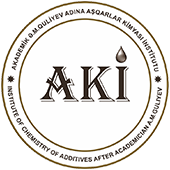The U.S. Geological Survey (USGS) is starting to earnestly evaluate space resources for future mining.
Since its establishment in the 1870s, the USGS has focused pretty much solely on Earth. But now it’s also investigating what benefits may or may not exist in tapping extraterrestrial water, minerals and metals.
The agency seeks to portray accurately how humanity could exploit off-Earth assets — a no-nonsense approach that contrasts with the pie-in-the-sky estimates of trillions of dollars of profit proffered by some less scientifically minded space-mining advocates.
Proven expertise
This past June, several USGS experts took part in a Space Resources Roundtable held at the Colorado School of Mines in Golden, Colorado.
“The space-resources community will benefit greatly from working together with the USGS to assess the location and value of minerals, energy and water on the moon, Mars and asteroids,” said Angel Abbud-Madrid, director of the Center for Space Resources at the Colorado School of Mines.
The USGS offers proven expertise and an unbiased, quantitative approach to characterizing terrestrial resources, Abbud-Madrid told Space.com. That know-how “can also lead to reliable and much-needed geological maps for more precise landing-site and resource-deposit selection,” he said.
It’s also worth noting that the new director of the USGS, Jim Reilly, is a geoscientist and former NASA astronaut. During his 13-year NASA career, Reilly flew on three space shuttle missions, conducted five spacewalks and racked up a total of more than 856 hours in orbit.
https://www.space.com/41707-space-mining-usgs-resource-survey.html


